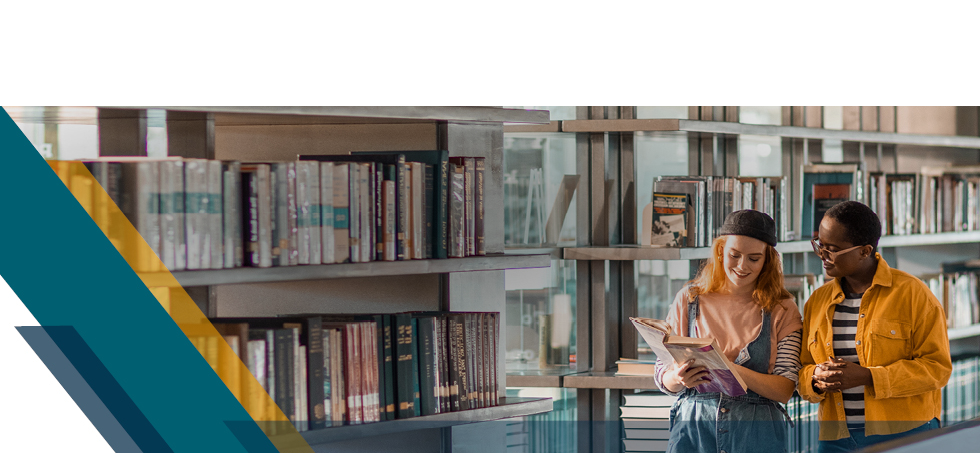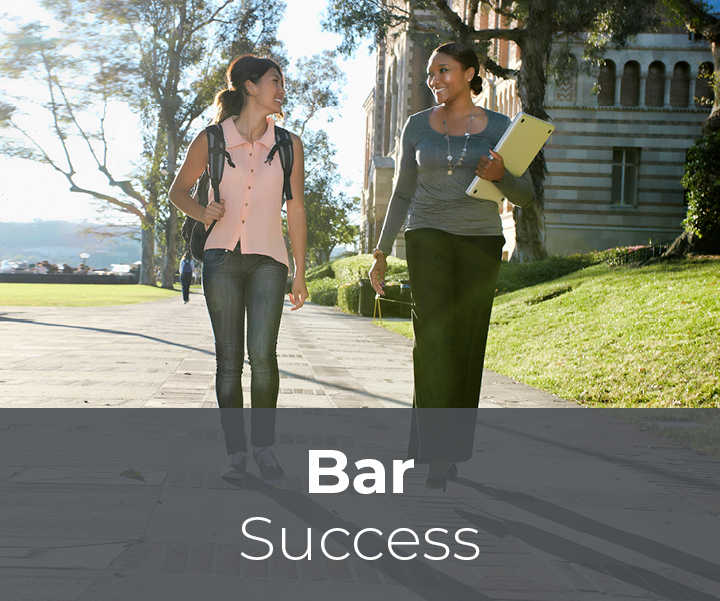
Grantee Research
Sticky Floors, Springboards, Stairways & Slow Escalators: Mobility Pathways and Preferences of International Students in U.S. Law Schools
Document Type
Law Review Article
Publication Date
4-2018
Keywords
legal education, international students
Abstract
This article addresses the participation of international students in US law schools. Historically, international students congregated in U.S. law school graduate programs such as the LLM; while graduate degree programs still account for the largest segment of international students studying law in the United States, there has been a concurrent rise in the number of international students who pursue a more mainstream U.S. law degree and choose the JD. In fact, in recent research we highlight that while certainly not a seamless assimilation, the percentage of international students in mainstream JD programs not only has increased substantially in the last decade but also has surpassed other domestic minority groups in certain instances. In tracing these students and their mobility contexts, this Article makes three main contributions. First, it maps the changing demographics of international student participation in U.S. law schools and explores the factors shaping students’ preferences, including the relative importance of access to training opportunities, language, immigration status, prior work experience, and lawyer regulation and licensing (at home and abroad). In doing so, we highlight, following earlier work, the importance of local contexts in shaping students’ trajectories and the changes in these trends, especially with regard to what we term the “big Asia story.” Second, this Article offers a set of four metaphorical categories to help think about these empirical processes: sticky floors, springboards, stairways and slow escalators. Using each of these broad categories, we suggest that students find different sources of persuasion and pushback as they navigate their respective paths within law schools. Students’ decisions are molded at different stages by different actors and institutional constraints, with ultimate choices (and, therefore, tracks) reflecting a range of interactions between each of these constraints and capacities. Finally, the pathways provide a framework for theorizing about malleable social capital and recursive transnational theory. While global legal education is not technically a transnational legal order, the framework aids in thinking through the implications of these mapped paths and trends and the important perspective international students can offer to reveal the ways in which local and global actors emerge and intersect.



